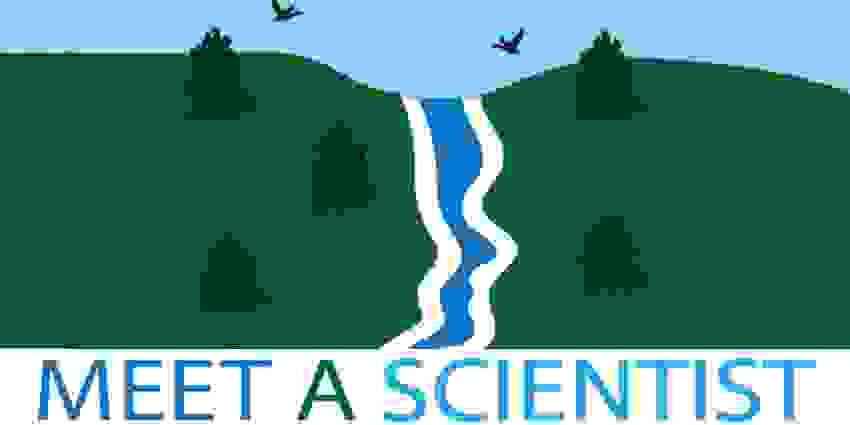Quick reflexes and a set of hands — these were Dr. Wade Ryberg’s childhood tools for catching reptiles and amphibians. After the capture, he would often bring the animal home for further study. “I would catch something in the wild, keep it, feed it, watch it eat, and then I would just put it back where I found it,” he said.
This early contact inspired Ryberg to pursue a career in herpetology and led him to the work he does today at the Texas A&M Institute of Renewable Natural Resources (IRNR). “A lot of herpetologists say that we get paid to do the same thing that we did as a kid, “he said. “I would say that’s not quite true. I can do some sophisticated stuff now that I couldn’t do when I was a kid.”
To become a professional herpetologist and conservation biologist, Ryberg earned his bachelor’s and master’s in wildlife and fisheries sciences from Texas A&M University. And he received his doctorate in evolution, ecology and population biology from Washington University in St. Louis in 2009.
In August 2014, Ryberg joined IRNR, where he studies reptile and amphibian biology and conservation in Texas. He said he enjoys being able to collaborate with other professionals. “I call it ‘my’ work, but it’s ‘our’ work,” he said.

A few of the species Ryberg has studied include the dunes sagebrush lizard and the massasauga rattlesnake. He is currently working on a number of conservation projects for other species, such as the Western chicken turtle, spot-tailed earless lizard, reticulate collared lizard, and Louisiana pine snake, to evaluate their current status in Texas.
Texas is a great place to study reptiles and amphibians, Ryberg said. The diversity of habitats available throughout the state translates to a diversity of animal species. Although there are many species, many have small habitat ranges, meaning habitat loss could pose a greater threat to those species, he said.
Another unique feature to Texas is its subtropical climate. Many reptile and amphibian species found in tropical regions of Central America can also be found in South Texas. These species do not make it north of Texas because of the cooler climate, he said.
In particular, Ryberg studies species that are candidates for state or federal endangered species listing. His work helps determine if a species should be listed.
“Certain species are going through the listing process but we don’t know much about them, so they may actually be very common when they were thought to be rare before.”
For example, the dunes sagebrush lizard went through the listing process but was determined not to be endangered, Ryberg said. The lizard was not listed because new information about its status and distribution allowed conservation plans to be developed that minimize threats to the species, he said.
Some of Ryberg’s work also involves working with land managers, policymakers and stakeholders to make conservation decisions. Although it can be challenging to unite people who have differing opinions, he said, it is important to present the science to all parties involved in the decision-making process.
Ryberg enjoys passing on his knowledge to the next generation of herpetologists and conservation-minded people. He often shows off the reptiles he captures to local schools, letting the children get hands-on experience with the animals, like he did as a child, he said.
“You can watch shows on TV and learn about animals that way, but there is something different about having the animal in your hand.”
To learn more about Ryberg’s work, visit his website and see this video interview.

